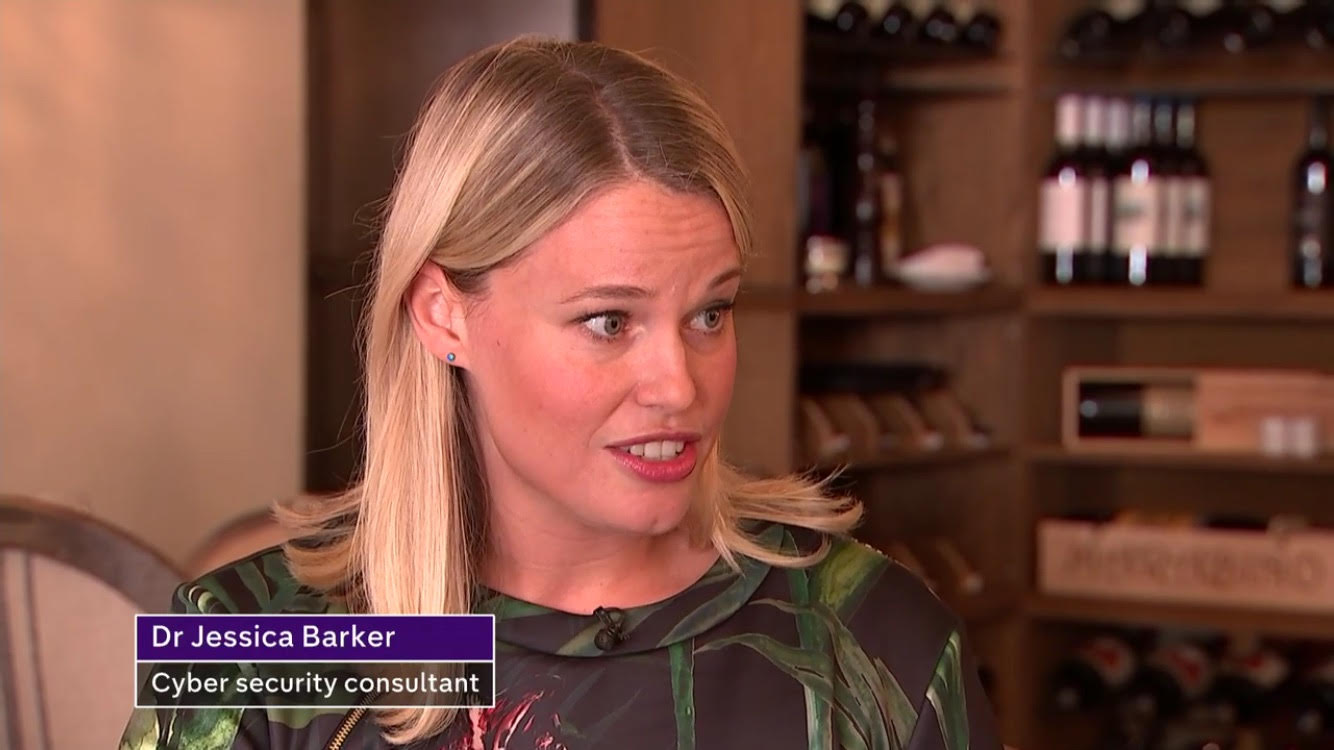In his latest blog post for cyber.uk, Chris Ratcliff tackles the threat posed by the Internet of Things and asks what we can do to meet the security challenges we face with more and more devices connecting to the internet.
How do you feel about being a pawn in someone else’s battle? It may sound odd, but there are currently people scanning the internet to try and take control of the gadgets and gizmos that you and I plug into our home internet connections. They’re not looking to steal our banking details or passwords or personal photos, they just want our data connections.
There have now been reported Distributed Denial of Service (DDoS) attacks peaking at 1.1Tbs of data, and this new attack vector is through the Internet of Things (IoT), that slightly odd term meaning smart TVs, light bulbs, security cameras, fridges and everything else that manufacturers think should be connected to the internet. When a vulnerable device is found, it is compromised and code uploaded to it so that when directed by a remote server, it will send junk traffic through a target. Read More
